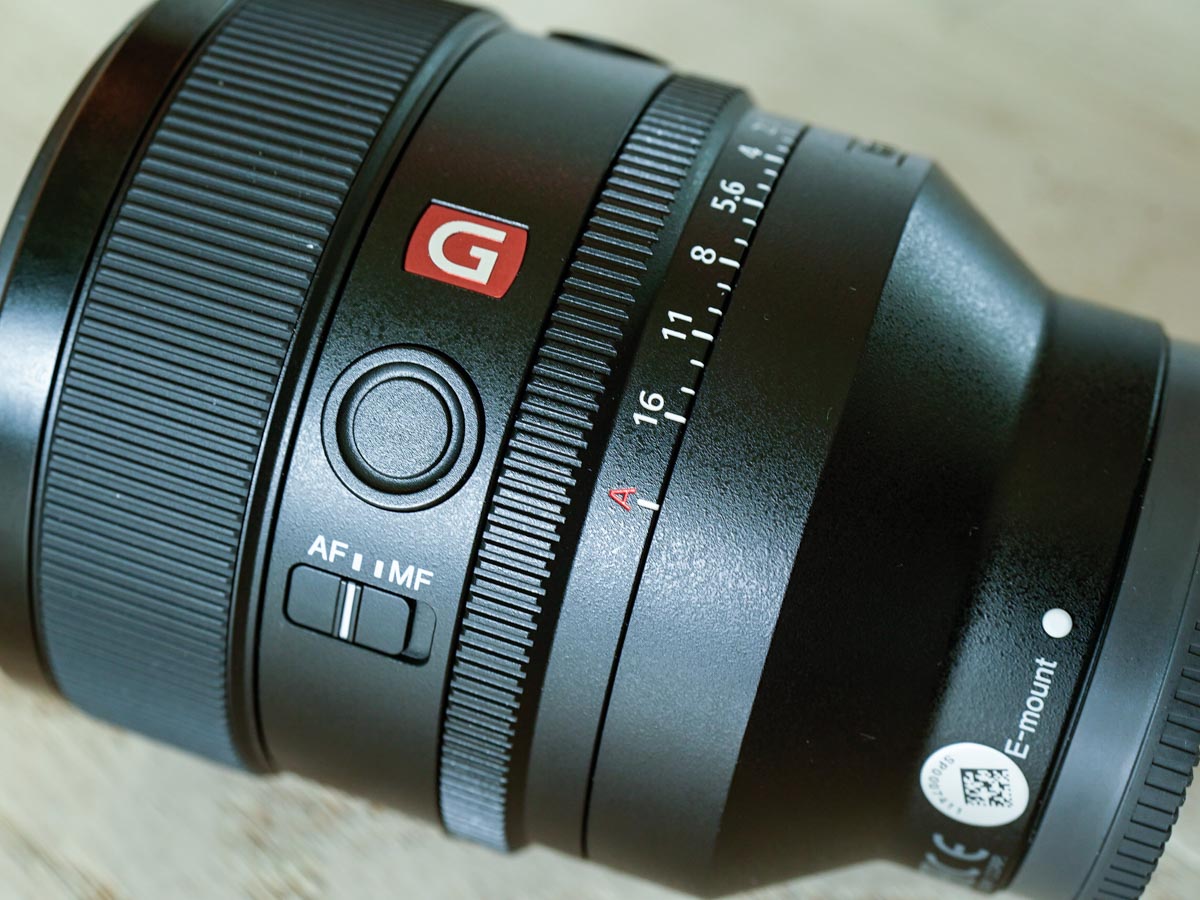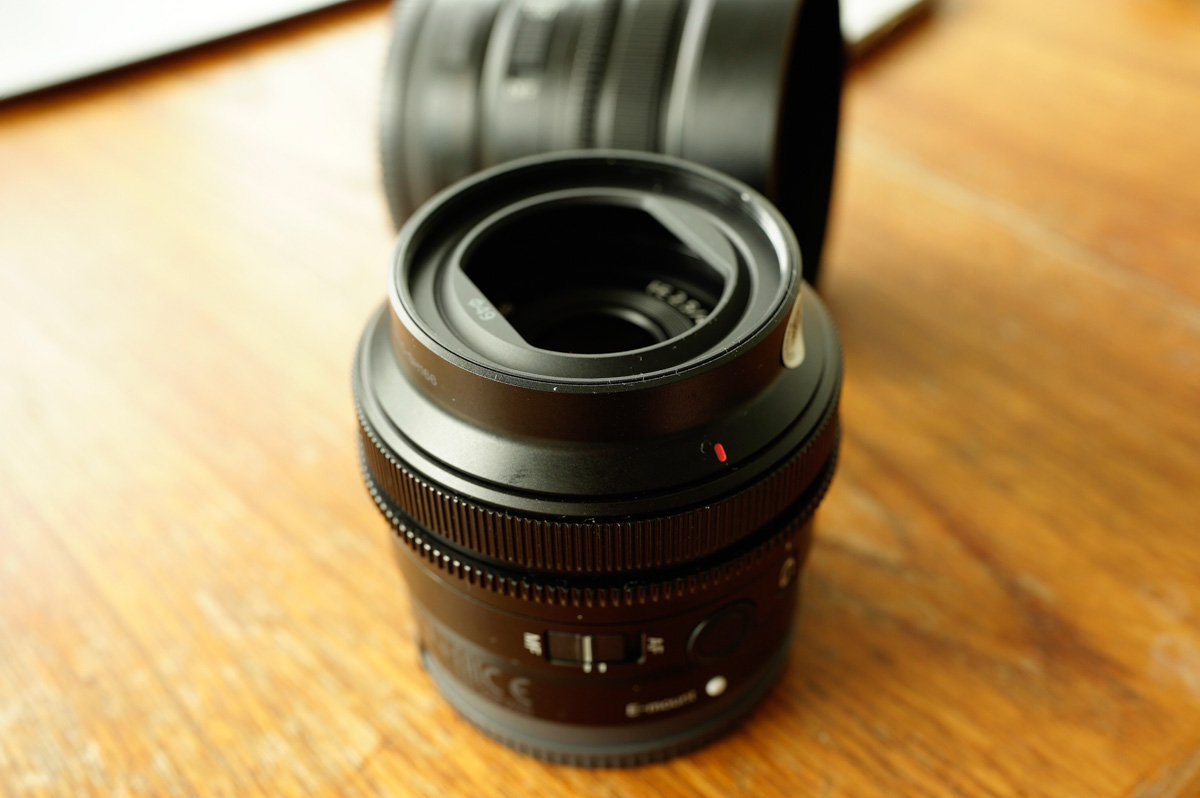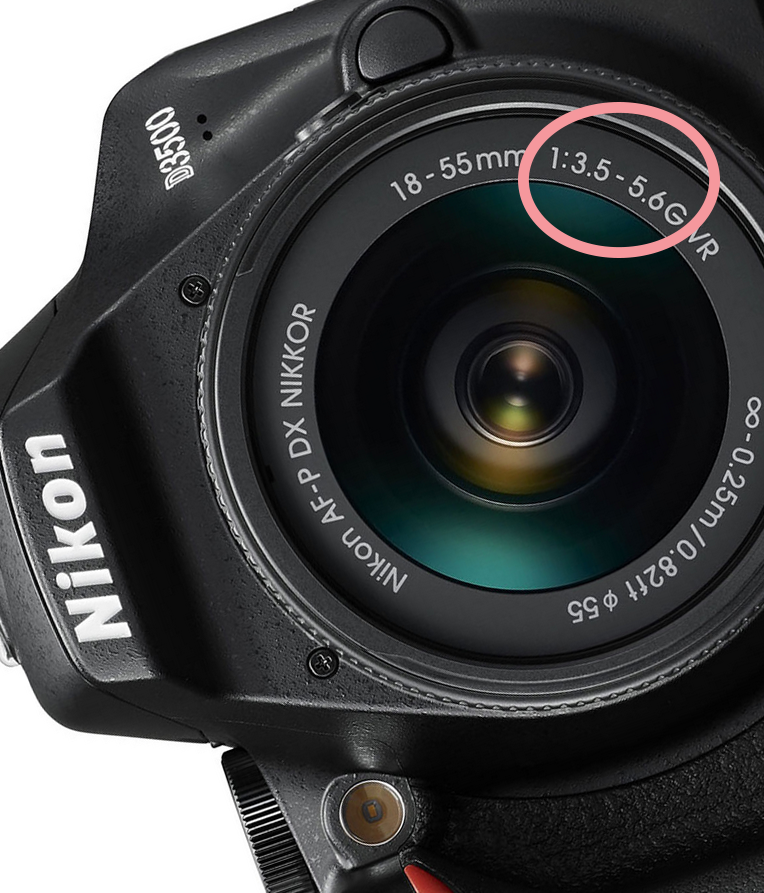
When it comes to investing in a new camera, most of us think primarily about the camera body itself—we look for the features and functions that are important to us and try to find a model that fits our criteria. We often neglect to give sufficient thought to the lens that goes with the body, when in fact, the lens has a huge effect on the quality and style of the final image.
Today I’m going to walk you through some of the features commonly found on lenses, and also the numbers, letters and acronyms attached to those lenses. These can be kind of intimidating, but are important to understand so that you can assess the capabilities and limitations of various lenses.
Now there are literally hundreds of acronyms and designations out there, so I’ve decided to narrow things down to just those that you’ll find on lenses available through BestBuy.ca.

Focal length
The first thing I want to look at is the focal length. This is pretty straightforward, and widely understood, but worth mentioning for completeness. If you buy a prime lens, you will see just one number, which refers to the fixed focal length of that lens. The two most popular primes are probably the 35mm and the 50mm. Many photographers cite the 50mm as their favourite lens. They are generally small, light, and make fantastic images. Most camera kits are sold with a zoom lens however, which allows you to zoom in on your subject without changing position.
Maximum aperture
 The next piece of information that you’ll want to take note of is the maximum aperture of the lens. The aperture number is often written like this: f/2.8, f/5.6, f/11. But on the actual lens it is written like this: 1:2.8, 1:5.6, 1:11. On some lenses, and in particular the more budget or entry-level units, the maximum aperture will actually vary across the focal length range. For example if you look at the image on the left, you’ll see the numbers ‘1:3.5-5.6’. This indicates that there is a range of maximum apertures, depending on the focal length. So at the minimum focal length (18mm in this case) the maximum aperture is f/3.5, and at the maximum focal length (70mm in this case) the maximum aperture is f/5.6.
The next piece of information that you’ll want to take note of is the maximum aperture of the lens. The aperture number is often written like this: f/2.8, f/5.6, f/11. But on the actual lens it is written like this: 1:2.8, 1:5.6, 1:11. On some lenses, and in particular the more budget or entry-level units, the maximum aperture will actually vary across the focal length range. For example if you look at the image on the left, you’ll see the numbers ‘1:3.5-5.6’. This indicates that there is a range of maximum apertures, depending on the focal length. So at the minimum focal length (18mm in this case) the maximum aperture is f/3.5, and at the maximum focal length (70mm in this case) the maximum aperture is f/5.6.
Abbreviations and acronyms by brand
So that covers the terminology that is common to all lens types. Now I’m going to look at the particular acronyms used by the various manufactures, and explain what those acronyms mean.
Canon lenses
EF (‘Electro-focus’): Lens mount used by Canon EOS film SLRs and full-frame DSLRs.
EF-S: Lens mount used by Canon EOS DSLRs which have the smaller APS-C sensor.
RF: Lens mount used by Canon EOS R mirrorless cameras.
L: Premium range of lenses. They have a signature thin red hoop which makes them easy to spot.
USM (‘Ultrasonic Motor’): Drive motor for the autofocus system. Provides faster, more accurate, and quieter focus than a conventional electromagnetic drive motor.
IS (‘Image Stabilisation’): Compensates for camera shake and allows you to shoot at lower shutter speeds.
Shop Canon lenses.
Nikon lenses
Although it was once the designation for Nikon’s premium lenses, all Nikon lenses are now branded as ‘Nikkor’ lenses.
FX: Designed to be used with Nikon’s film cameras and full-frame DSLRs.
DX: Designed to be used with Nikon’s cameras with the smaller APS-C sensor.
Z: Designed to be used with Nikon mirrorless cameras.
AF (‘Auto-focus’): Lens has an autofocus motor.
AF-S (‘Auto-focus Silent’): Like Canon, some Nikkor lenses have an ultrasonic motor (known as ‘Silent Wave Motor’ or ‘SWM’) for improved autofocus performance.
VR (‘Vibration Reduction’): Image stabilization. There is also a ‘Vibration Reduction II’ system which is a better, more advanced system.
IF (‘Internal Focus’): All optical element movements take place inside the camera, where often an element will move out of the front of the lens as you zoom in.
ED (‘Extra-Low Dispersion’): Refers to a type of glass which has been used in the manufacture of the lens which reduces chromatic aberration, a kind of colour distortion, which you often see when you look very closely at an image.
G: Lenses which do not have an aperture control ring, which are pretty uncommon nowadays anyway. Nikon should probably drop this designation to simplify things.
Shop Nikon lenses.
Sony lenses
E-mount: Designates lenses for the NEX range.
FE: Refers to E-Mount lenses for full frame mirrorless cameras, like the A7 and A7R.
OSS (‘Optical SteadyShot’): Refers to Sony’s image stabilization system.
T*: Refers to a special anti-reflective coating on Carl Zeiss manufactured lenses.
ZA (‘Zeiss Alpha’): Refers to premium lenses manufactured by the Carl Zeiss company for Sony Alpha cameras.
SAM (‘Smooth Autofocus Motor’): Refers to the drive motor in budget Sony lenses.
DT (‘Digital Technology’): Refers to lenses which work with Sony’s DSLRs with APS-C size sensors.
Shop Sony lenses.
Fujifilm lenses
XF: Refers to Fujifilm’s premium line of lenses.
OIS (‘Optical Image Stabilization’): Refers to Fujifilm’s image stabilization system.
Shop Fujifilm lenses.
Tamron lenses
AF (‘Auto-focus’): Lens has an autofocus motor.
Di (‘Digitally integrate’): Lenses usable on 35mm film SLRs or full-frame DSLRs.
Di II: Lenses usable on cameras with APS-C sensors only.
VC (‘Vibation Compensation’): Image stabilization system.
USD (‘Ultrasonic Silent Drive’): Standard ultrasonic drive motor implementation.
PZD (‘Piezo Drive’): Tamron’s premium ultrasonic drive motor implementation.
XR: Extra Refractive Index glass is used in some lenses, which allows for decreased lens size without sacrificing image quality.
SP (‘Superior Performance’): Tamron’s premium line.
Shop Tamron lenses.
Sigma lenses
DG: Usable with 35mm film cameras, but are specifically designed for full-frame DLSRs
DC: Designed to work with cameras with APS-C size sensors
EX: Premium lens range.
HSM (‘Hyper Sonic Motor’): Ultrasonic drive motor implementation for autofocus.
Shop Sigma lenses.
Final thoughts
As I mentioned before, there are many more lens designations, but hopefully I’ve removed a little bit of the fear factor surrounding them today. If there’s one you see on your lens that I haven’t covered, do a little online research and I’m sure you’ll find the answer in no time.
If you’re in the market for a new camera lens but aren’t sure what type of lens you need, make sure to read my other article about how to buy a camera lens. You can also shop for camera lenses online on bestbuy.ca.



